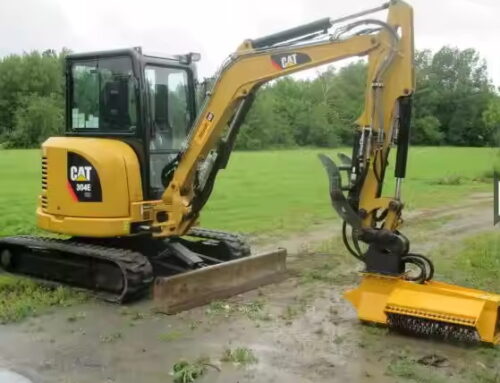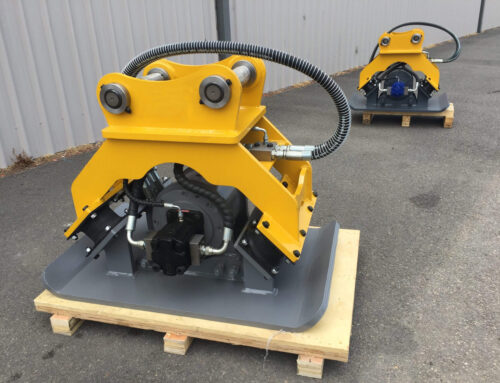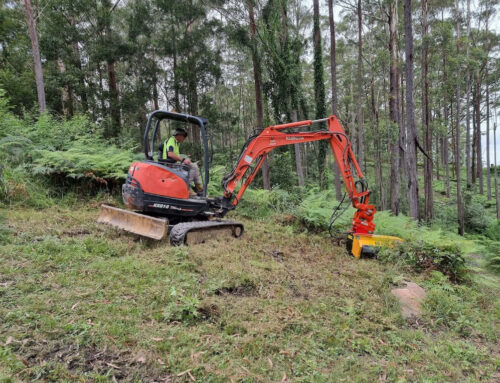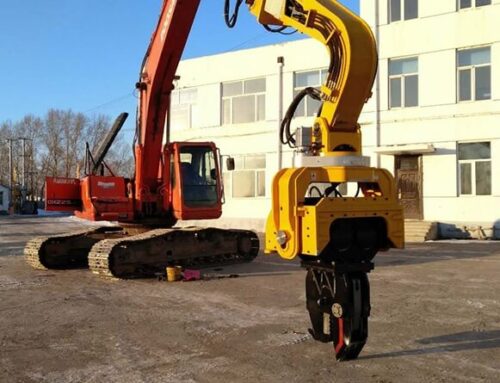Driving piles with excavators is a common practice in construction and civil engineering projects. This method offers efficiency and versatility, but it comes with its own set of challenges and risks. Whether you’re hammering concrete piles, steel piles, or timber piles, taking proper precautions is essential to ensure safety, optimize performance, and protect equipment. In this article, we will explore the precautions associated with driving piles using excavators, with a focus on various pile types.
Common Types of Piles
Before delving into precautions, it’s crucial to understand the common types of piles used in construction:
-
Concrete Piles:
– Reinforced Concrete Piles: These piles are reinforced with steel to enhance their load-bearing capacity.
– Prestressed Concrete Piles: Prestressing adds strength to the concrete, making these piles suitable for heavy loads and challenging soil conditions.
-
Steel Piles:
– H-piles: These structural steel piles are commonly used for deep foundation applications.
– Pipe Piles: Steel pipes are driven into the ground to provide structural support for various constructions.
-
Timber Piles:
– Pressure-Treated Timber Piles: Treated with preservatives, these piles resist decay and insects.
– Untreated Timber Piles: Suitable for temporary structures, these piles may be vulnerable to decay over time.
Precautions for Driving Piles with Excavators
-
Site Inspection:
– Conduct a thorough site inspection to identify potential hazards, soil conditions, and any underground utilities.
– Ensure that the site is properly prepared, with adequate space for the excavator and pile-driving equipment.
-
Equipment Inspection:
– Regularly inspect the excavator and pile-driving attachments for any signs of wear, damage, or malfunction.
– Verify that all safety features, such as emergency shut-off switches, are in working order.
-
Operator Training:
– Ensure that the excavator operator is trained and experienced in pile driving operations.
– Provide ongoing training on the specific techniques and precautions associated with driving different types of piles.
-
Pile Selection:
– Choose the appropriate type of pile based on the soil conditions, load requirements, and project specifications.
– Verify that the selected piles meet industry standards and are in good condition before driving.
-
Pile Installation Techniques:
– Adjust the driving technique based on the type of pile being used. For example, concrete piles may require a slower and more controlled driving process compared to steel piles.
– Monitor pile alignment and verticality during the driving process to prevent deviations that could compromise structural integrity.
-
Vibration Monitoring:
– Implement vibration monitoring when driving piles in sensitive areas to ensure compliance with environmental regulations.
– Adjust driving parameters if excessive vibrations are detected to minimize potential impact on nearby structures.
-
Safety Barriers:
– Establish safety barriers and restricted zones around the pile-driving operation to protect workers and bystanders.
– Clearly communicate safety protocols to all personnel on-site and enforce strict adherence.
-
Noise Control:
– Implement measures to minimize noise pollution, especially in residential areas.
– Consider using noise barriers and scheduling pile-driving activities during less sensitive hours.
-
Environmental Considerations:
– Adhere to environmental regulations and best practices to minimize the impact on local ecosystems.
– Properly dispose of any waste materials generated during pile-driving operations.
-
Emergency Preparedness:
– Develop and communicate an emergency response plan in case of equipment failure, accidents, or unexpected events.
– Ensure that first aid kits and firefighting equipment are readily available on-site.
Conclusion
Driving piles with excavators is a crucial aspect of many construction projects, and adherence to safety precautions is paramount. By following the guidelines outlined above, construction professionals can enhance safety, protect the environment, and optimize the performance of the pile-driving process. It’s essential to remain vigilant, prioritize training, and continuously assess and improve procedures to ensure the success and safety of pile-driving operations.








Leave A Comment